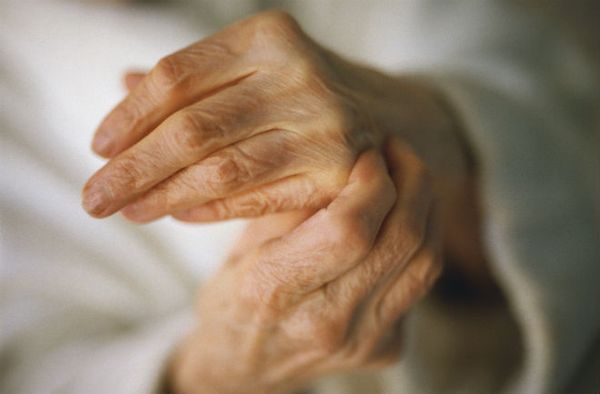Maybe as a kid you had a grandmother who admonished you not to consume anything more substantial than hot tea when you had a fever, or perhaps you just remember the last time you were sick and how even the idea of eating made you nauseated. Either way, you're probably familiar with the advice "Feed a cold and starve a fever."
Though the adage's precise origins are unknown, the notion long predates modern cold and flu remedies such as NyQuil, chewable zinc tablets and Cup-a-Soup. Treating illness by modifying food consumption dates back to at least the ancient Greeks, and the admonition to fast while feverish first appeared in print back in 1578. In the 19th century, starving a fever was a staple of Appalachian folk healing, and reputable physicians recommended it as a reliable cure. Even the habitual skeptic Mark Twain was persuaded to try it when he took ill.
Advertisement
But does starving a fever actually work? Don't count on it. Modern medical experts ascribe the advice to our ancestors' lack of knowledge about nutrition, the nature of disease and how and why the body regulates temperature, and generally take a dim view of its usefulness. Most advocate maintaining a normal diet whether you have a cold or fever. Some recent research indicates that fasting during illness may even be dangerous -- though another recent study, paradoxically, suggests that it may have some value in fighting bacterial infections.
In this article, we'll look at the history of withholding nourishment as a cure for fevers, and examine the science and the misconceptions behind it. We'll also discuss doctors' state-of-the-art recommendations about what you should eat and drink, and how much, when you're feeling under the weather. But first, let's look at how the body regulates temperature.
Advertisement





